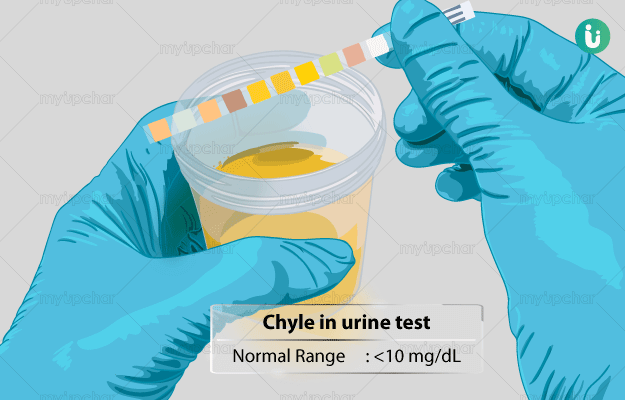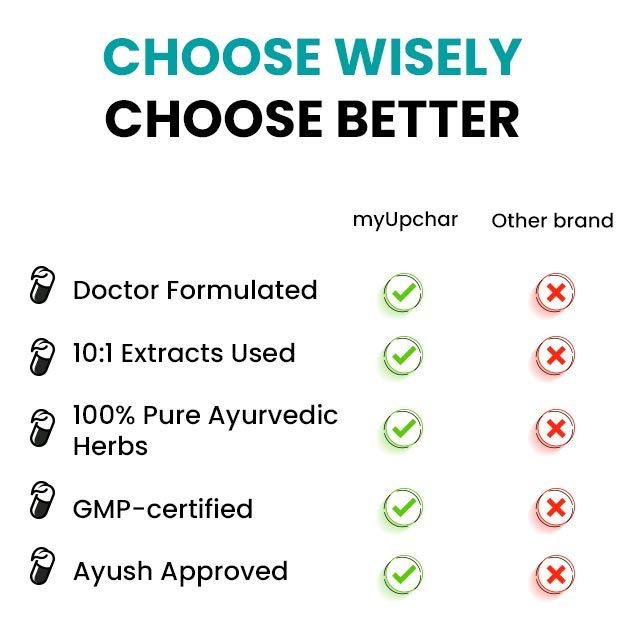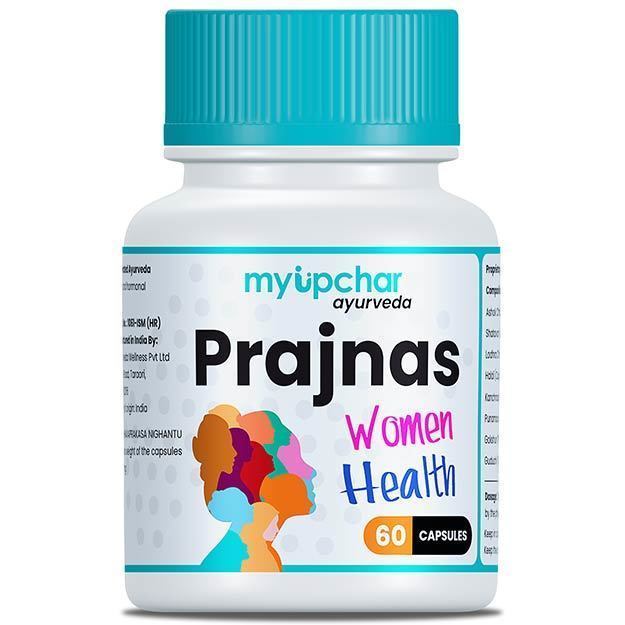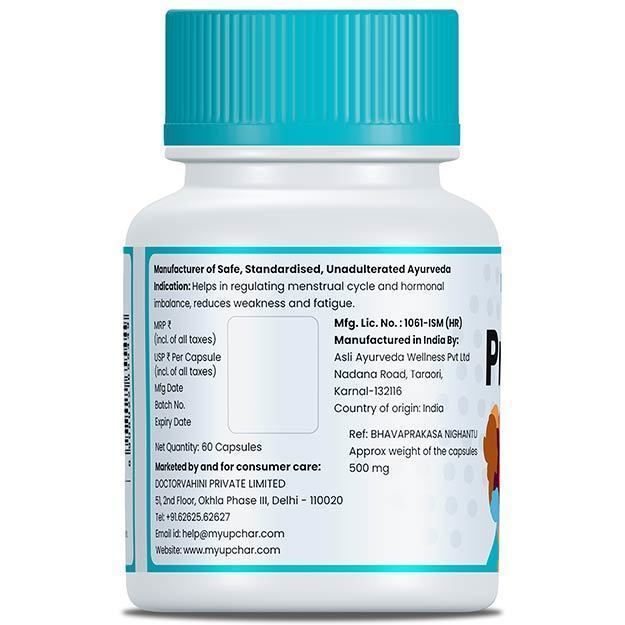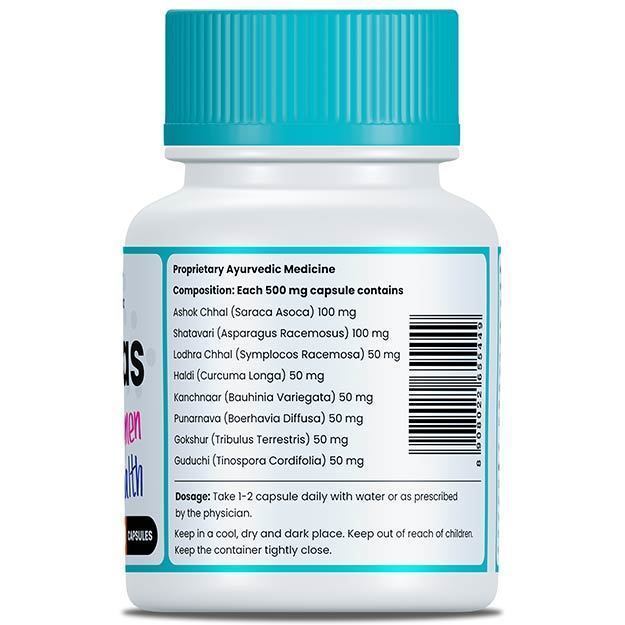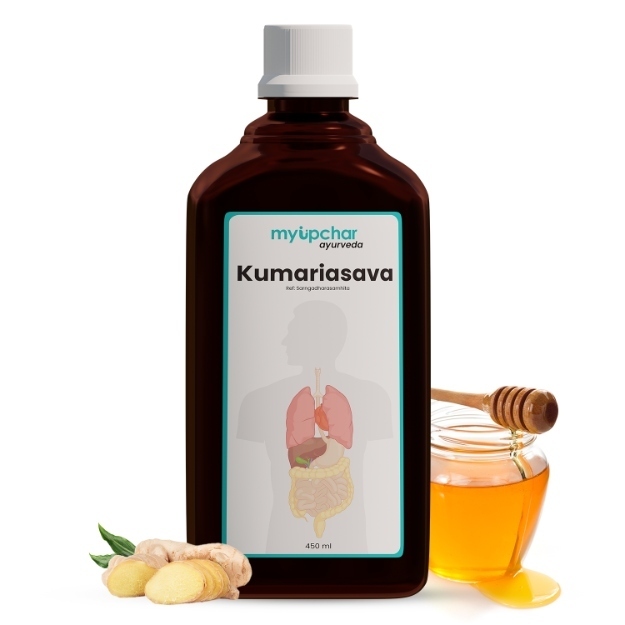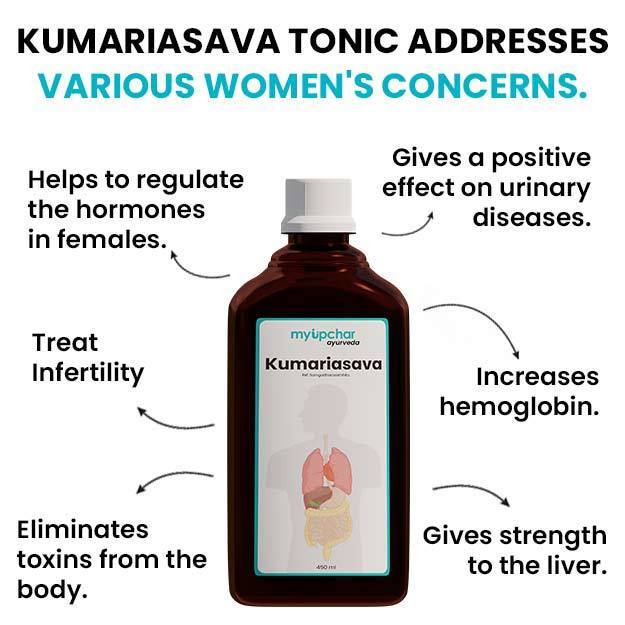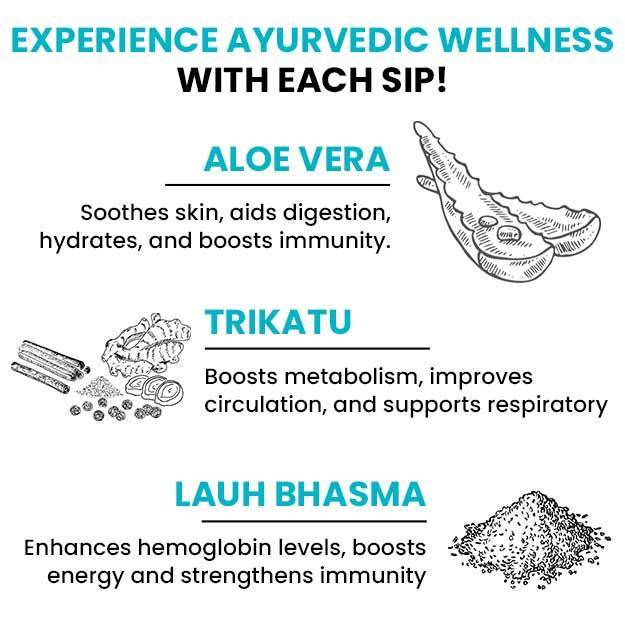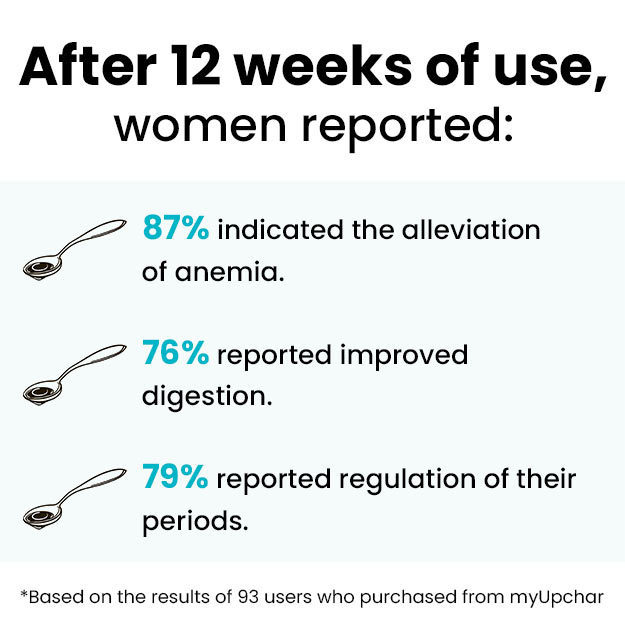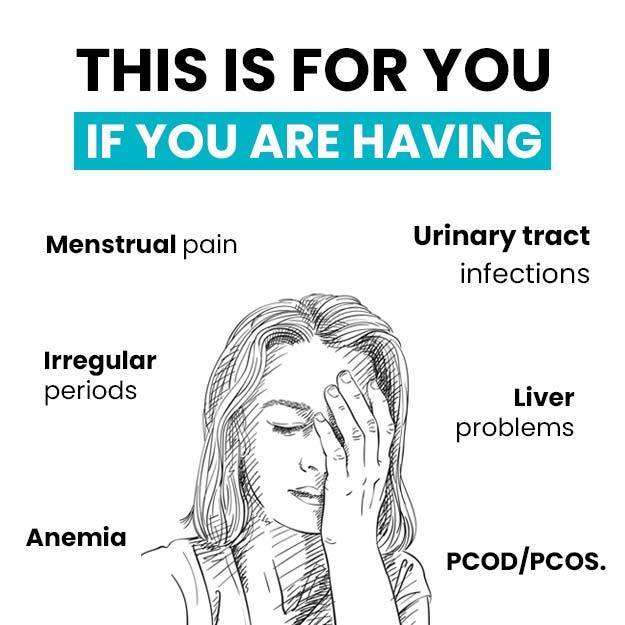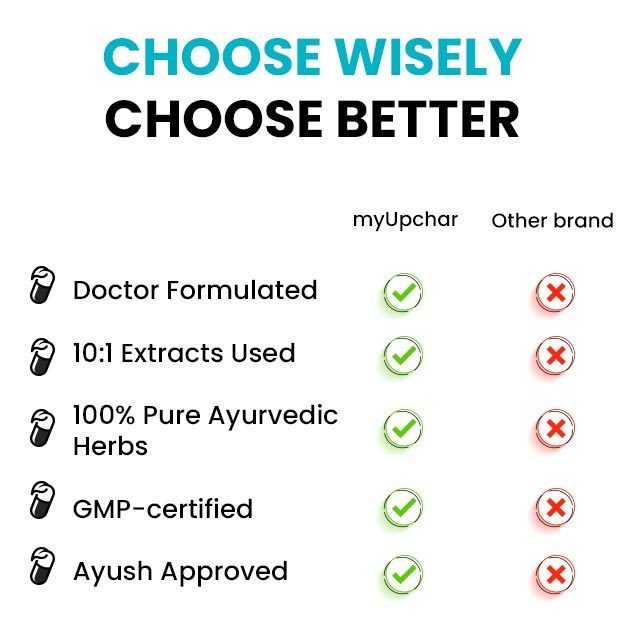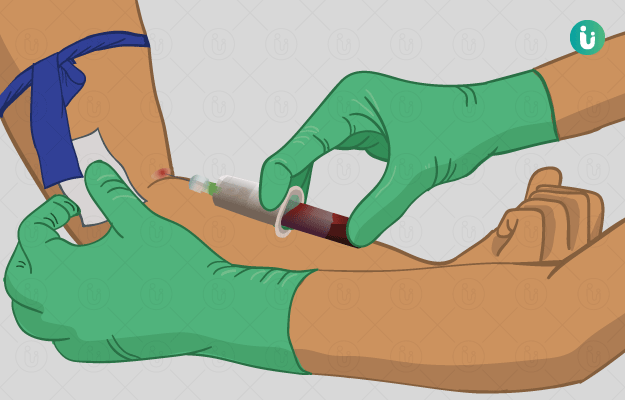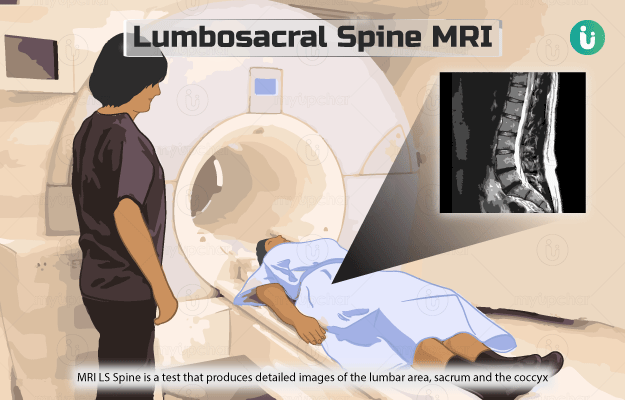What is Chyle in Urine test?
Chyle in urine test is performed to check for the presence of chyluria. Chyluria, also known as galacturia, is a condition characterised by a milky appearance of urine. The milky colour is due to the leakage of an odourless lymphatic fluid - Chyle - into the kidneys.
Chyle originally forms in the small intestine during the process of digestion before they are taken up by lymphatic vessels. It comprises proteins, fats and infection-fighting white blood cells and helps in transporting fats and proteins throughout the body. Chyle also plays some role in maintaining normal immune functioning.
Lymphatic vessels are a system of thin blood vessels like tubes that carry lymph - a colourless fluid that carries white blood cells. Together, they make the lymphatic system that works alongside the circulatory system. Normally, lymph vessels carry the lymphatic fluid to the veins where it enters the bloodstream. However, if there is a damage or disruption in the lymphatic flow, chyle will escape into kidneys and will show up in urine.
Chyluria is commonly associated with the parasitic infection caused by Wuchereria bancrofti. However, it can have non-infectious causes too. Chyluria occurs more commonly in men than in women.
The chyle in urine test checks for the level of fats such as triglycerides and cholesterol in the urine that correlates with the occurrence of chyluria.

